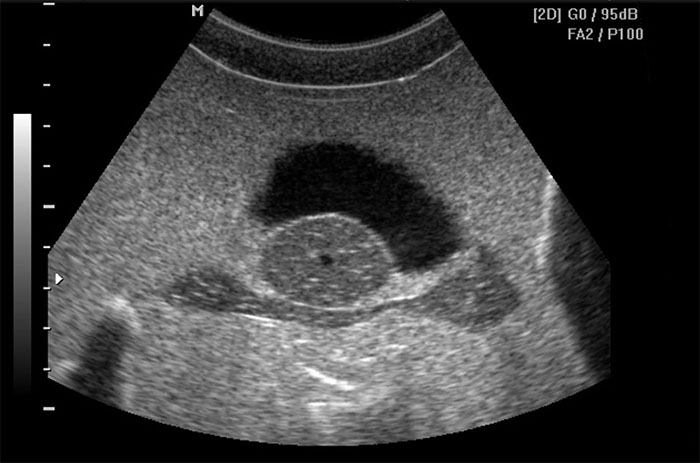
Ultrasound pictures or videos may be saved as a permanent record.įor men and women, pelvic ultrasound may be done to: In all of these ultrasounds, the transducer sends the reflected sound waves to a computer, which makes them into a picture that is shown on a video screen. Both of these types of ultrasound are used on the outside of the genital area to look for urinary and pelvic problems. Transperineal and translabial ultrasound. A woman may have both transabdominal and transvaginal ultrasounds to look at the whole pelvic area. The transducer is shaped to fit into a woman's vagina. The test may also be done to look for rectal problems in men or women. A transrectal ultrasound is the most common test to look at the male pelvic organs, such as the prostate and seminal vesicles. The transducer is shaped to fit into the rectum. Transabdominal ultrasound.Ī small hand-held device called a transducer is passed back and forth over the lower belly. Pelvic ultrasound can be done in several ways. Air-filled organs, such as the intestines, can make the image less clear.

Bones may block other organs from being seen. Organs and structures that are solid and uniform (such as the uterus, ovaries, or prostate gland) or that are fluid-filled (such as the bladder) show up clearly on a pelvic ultrasound. The prostate gland and seminal vesicles of a man ( male organs).The ovaries, uterus, cervix, and fallopian tubes of a woman ( female organs).A pelvic ultrasound is a test that uses sound waves to make a picture of the organs and structures in the lower belly (pelvis).


 0 kommentar(er)
0 kommentar(er)
